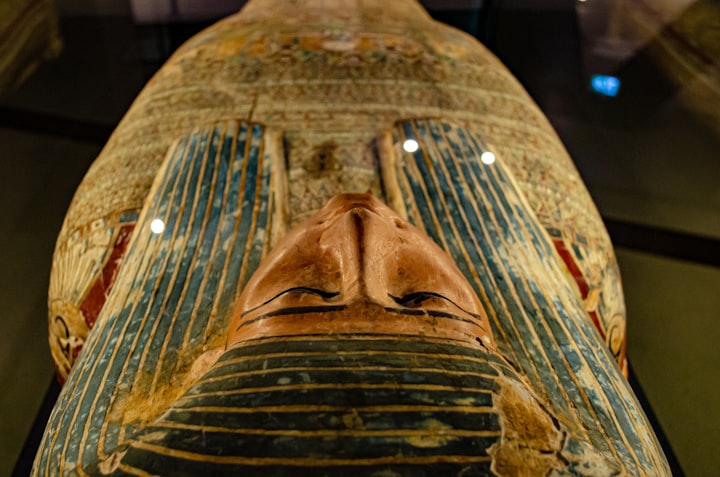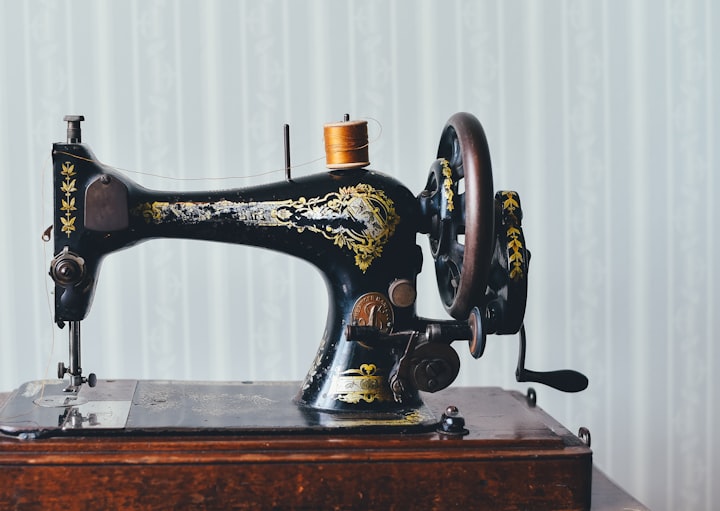Egyptian Mummies: A 17th Century Delicacy
Rituals Broken

We all had to sit through the Egyptian history and explanations of why and how mummies were mummified. As teens we learned how they felt whatever they took with them when they died would also show up in the after life. They went through great lengths to mummify pharos and religious animals. So imagine my surprise when I learned that years later people were breaking into tombs to eat these mummies and/or use their body parts for medicinal reasoning.
First lets go back over the process of mummification and their reasonings behind going through such difficult practices to preserve their bodies and organs.
The Mummification Process
As its widely known, Egyptians used the process of mummification to preserve the body so that it remains life like for as long as possible to extend into the afterlife.
The process of mummification is 70 days long. The priests who performed the practice had to remove all of the internal organs and place them in special jars to be buried along with the mummy or they'd wrap them separately to be placed back into the body.
The heart was the only organ to remain since the Egyptians believed that the heart was the center of a persons intelligence and being. With that being said they found no use for the brain and used a small hook to insert through the nose to pull bits and pieces of the brain out until the skull was empty.
Next, the priests used a special salt to dry out the bodies. Once the bodies were completely dried out they'd use linen to fill the sunken parts of the body and insert fake eyes to make them look as life like as possible.
Then, came the wrapping. The wrapping of the mummies was a long critical task. They had to wrap each finger and each toe separately before wrapping the body as a whole. Remember, they were in a time where they were making these long lengths of linen by hand.
Once everything was done the priests did special rituals and placed amulets on top of the mummies to make sure that they were protected in the afterlife and to make sure they were able to eat and to talk.
Egyptians started getting their tombs ready for this process long before their death. They believed that the body was the home for their spirit and if the body was destroyed then said spirit would be lost.
Now On To The Cannibalisms
So after such elaborate steps, time, and rituals were completed and tombs closed completing what they felt would lead their people into the promised afterlife; Some mad scientist in Europe came along and was like "Hey did you know if you get some mummy skull and crush it up and then eat it it'll cure headaches?" or "You have blood disease? Then go and collect the blood stored in the mummy. Once you drink their blood you consume their spirit and become as strong as they once were."
It was so widespread that European Kings and Queens were traveling to Egypt to raid tombs so that they can use the mummies bones, blood, and fat as medicine. It was a practice that was so popular that eventually they couldn't find anymore mummy tombs and had to resort to just using any dead body to make their medicine.
My First Thoughts
So, when I first learned of this I was shocked and disgusted. I couldnt really wrap my head around people, let alone Kings and Queens, breaking into what Egyptians considered sacred spaces and consuming their parts or stealing them to make medicine.
Then when I started to think about it more I was quite sad for the Egyptians. While I don't share the Egyptian belief, they still went through great lengths to preserve their spirits in their body for the afterlife only for someone to come along and steal it all away. It was disheartening.
It also made me realize that it only takes one idea to start the downward spiral of bad ideas. Reading about it all made me remember of a time when I was pregnant with my son and I had stumbled across a forum where women were discussing keeping their placenta after birth to consume later.
Supposedly, at the time it was thought by making the placenta into capsules and ingesting it would help with post partum depression, hemorrhaging, promote skin elasticity, and help with lactation. At the time their were so many women raving about the benefits only for it to be found, through research studies, that there is no benefit to the practice and that it could actually be harmful to mother and child. That hasnt stopped the practice from still going on today.
I came across this big idea of eating the placenta less than 6 years ago. Even with our science and knowledge on human anatomy women were jumping down into the rabbit hole of consuming their own organs in hopes that it was more beneficial than what has already been proven to work. Which all goes to say that if people are still making these decisions now its not too far fetched to believe that in the 17th century they were robbing graves to consume human fat, bone, flesh, and blood.
Fun Fact
So, during my deep dive into the thievery of mummy tombs in the 17th century, I came across a lot of different cultures at that time who believed that drinking the blood of humans made it so that you took in their life force, in turn keeping you alive much longer.
I'll give you a second to see where I was going with that. Still haven't figured it out? In the 17th century there were people running around like vampires! They didnt have the fangs and they werent subject to hiding during the day but the belief was the same. Blood for immortality.
About the Creator
Blue Dymond
A little bit of everything from Psyche, to fiction, to poems. Come take a look around, we're all friends here!
Instagram: @thatgirlbluedymond
Facebook: Blue Dymond






Comments
There are no comments for this story
Be the first to respond and start the conversation.